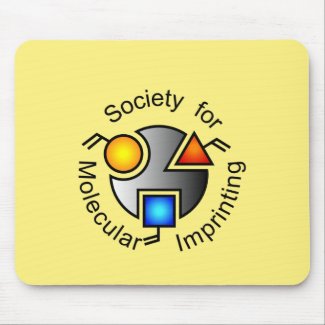
Authors: Dechtrirat D, Jetzschmann KJ, Stöcklein WFM, Scheller FW, Gajovic-Eichelmann N
Article Title: Protein Rebinding to a Surface-Confined Imprint.
Publication date: 2012
Journal: Advanced Functional Materials
Volume: 22
Issue: (24)
Page numbers: 5231-5237.
DOI: 10.1002/adfm.201201328
Abstract: A novel strategy to prepare a selective ultrathin molecularly imprinted polymer (MIP) film directly on the gold-based transducer surface for the peptide and protein detection in aqueous solution is demonstrated using a combination of epitope- and electrochemical surface imprinting approach. The synthetic peptide derived from the surface-exposed C-terminus of cytochrome c (Cyt c, residues 96 - 104) is selected as the template for the imprinting. It is labeled with a fluorescent dye in order to quantitatively evaluate all stages of the imprinting process in terms of changes in mean fluorescence intensity. The labeled peptide template is first chemisorbed on the gold surface as an oriented submonolayer through an additional C-terminal cysteine. After electropolymerization, the template is stripped off electrochemically. To allow the imprinted sites to be confined to the surface, the film thickness is controlled to be comparable to the thickness of the peptide layer. This is achieved by the electropolymerization of scopoletin. Recognition capabilities of the films are characterized and the resulting MIP film is able to selectively capture the template peptide and the corresponding target protein. In case of the peptide recognition, the MIP film can discriminate even the single amino acid mismatched sequences of the target peptide
Template and target information: protein, peptide, C-terminus of cytochrome c, residues 96 - 104, protein epitope, Cyt C
Author keywords: electropolymerization, imprinting, molecular recognition, protein epitopes, ultrathin films



Join the Society for Molecular Imprinting

New items RSS feed
Sign-up for e-mail updates:
Choose between receiving an occasional newsletter or more frequent e-mail alerts.
Click here to go to the sign-up page.
Is your name elemental or peptidic? Enter your name and find out by clicking either of the buttons below!
Other products you may like:
 MIPdatabase
MIPdatabase









